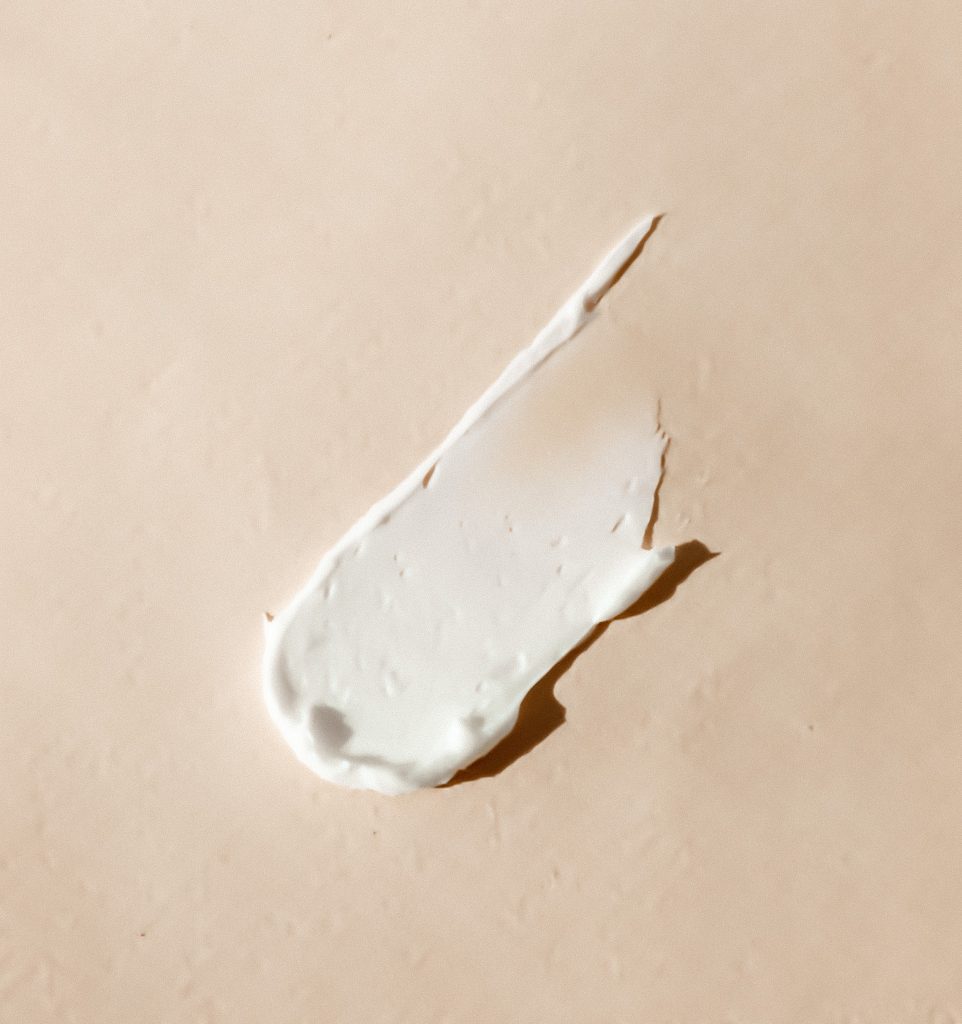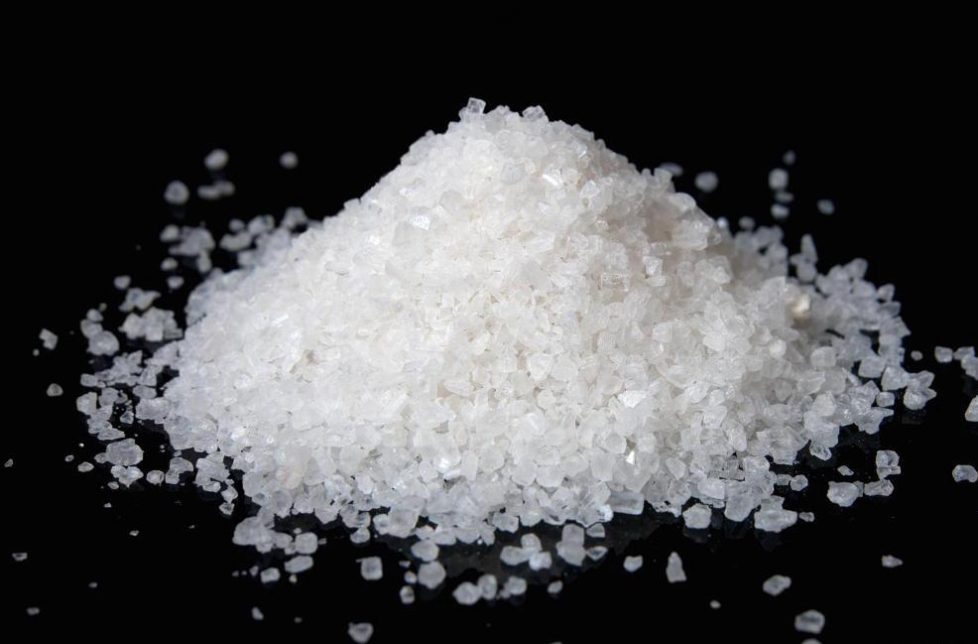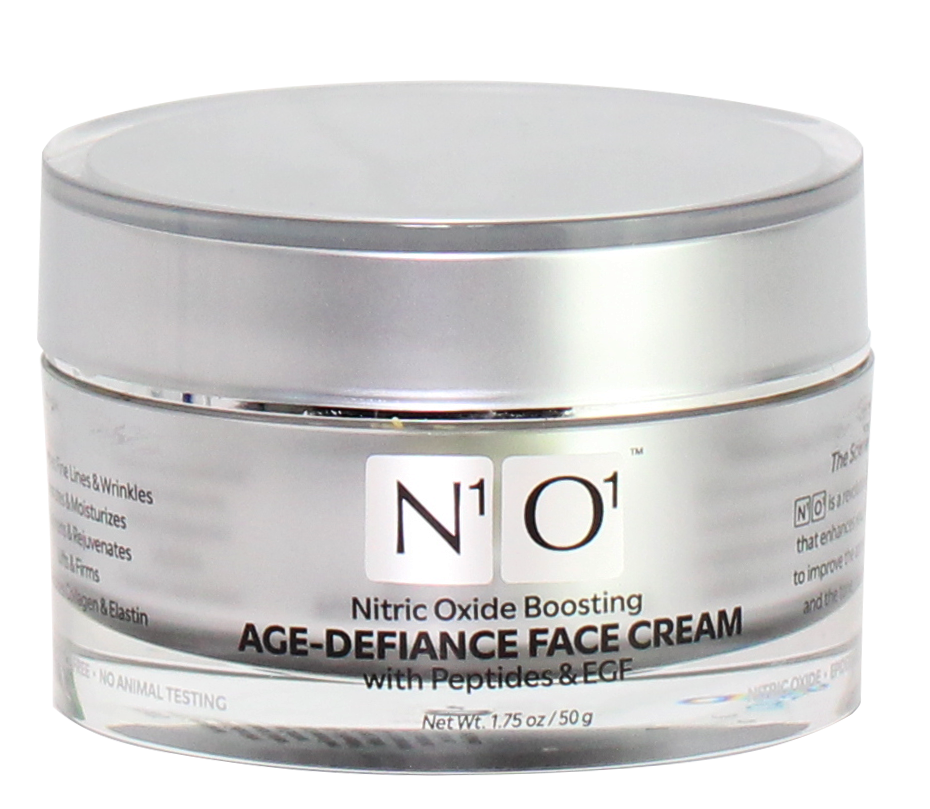A healthy-looking face is, for many, a good reason to feel confident. However, several factors mine skin health and, therefore, affect how it looks. One of those factors is unstoppable, and it’s time.
With age, our body’s ability to produce the necessary molecules for skin health diminishes gradually. That’s when wrinkles and lines start to appear.
While the pass of time can not be stopped, its effects on the skin can be slowed down with the right skincare routine.
And when it comes to routines, there’s no good one that doesn’t have a great rejuvenating face cream.
In this article, you’ll learn what to look for when choosing the right one for you and your skincare routine.
Click below to go where you want
Why and when you need a face cream

Good skincare routines have a few phases you must address in the right order. This is important so your skin can absorb as many of the benefits each product brings.
This core order for each product goes like this:
- Cleanser: cleans the skin from impurities, like debris, excess oil, and such, that weather and pollution can leave.
- Toner: further cleans the skin at a more detailed level and preps it for what follows-
- Serum: nutrient-rich treatments designed to address specific problems on the skin.
- Moisturizer: humectant product made for both rehydrating the skin and trapping moisture on its top layer. It’s usually applied at last to “seal” all the other products on the skin.
Face creams fall into the category of moisturizers. As you can see, there are a few steps before face cream application.
In that sense, there are many skin health issues that you can control with a good skincare routine, but this time we’ll focus on one that we all have to face: aging.
This is why your skin ages
The skin ages due to a combination of intrinsic and extrinsic factors.
Intrinsic factors include genetics, hormonal changes, and natural aging processes that lead to a decrease in collagen production and skin elasticity.
Extrinsic factors include exposure to UV radiation from the sun, pollution, smoking, poor nutrition, and stress. These external factors can accelerate the aging process by damaging the skin’s cells and causing oxidative stress.
Over time, this damage leads to wrinkles, fine lines, age spots, and other signs of aging.
Why can a face cream help with aging?
As one of a few elements working together to revert the damaging factors that result in skin aging, face creams are vehicles for the necessary vitamins the skin needs to regenerate itself.
As a moisturizer, face creams provide further protection against the damaging UV rays and pollution in the air. They also help reduce the manifested effects of dry skin conditions such as rosacea and eczema.
By that simple logic, yes, face cream helps with aging by minimizing the damage external factors can inflict on our skin. Still, the truly anti-aging properties depend on the components a face cream packs and delivers.
How to pick a rejuvenating face cream?

In most cases, which cream you pick depends on your skin type.
If you have oily skin should aim for a lighter consistency moisturizer, such as gels.
Dry skins can go for thicker consistency ones, such as creams.
The real anti-aging goodness you need to look for it’s in the ingredients label. If you want to be sure you have a great rejuvenating face cream in your hands, look for one or more of the following ingredients:
Hyaluronic acid: helps the skin retain moisture and improves elasticity and firmness. It has anti-inflammatory properties that help irritated or sensitive skin. It can also speed up wound healing by providing hydration and tissue repair.
Dimethicone: as an emollient, it can help with itching and flaking of the skin. It helps by providing a sealing effect that traps moisture and keeps it on the skin.
Glycerin: is one of the most effective humectants. It boosts the skin’s ability to absorb and retain water by acting on the stratum corneum, the top layer of the skin. It can also counter skin irritants.
Urea: It can help reduce dead skin cumulus on the skin’s stratum corneum. It can also have exfoliating benefits.
Ceramides: These are lipids that help strengthen the skin barrier and retain moisture, which can help improve the appearance of dry, dehydrated skin.
Bonus key ingredient: Sodium Nitrite
If you’ve never heard about Sodium Nitrite in the cosmetics world, that’s ok – it’s mostly used in the food industry.
Yes, you read that right. Most people ignore the boosting benefits it can have on your skin when used, for example, on face cream. There’s a good reason for that. Let me explain…

Sodium Nitrite can boost levels of Nitric Oxide in the body. And what is Nitric Oxide, exactly?
Scientists call Nitric Oxide (NO) the “anti-aging” molecule because it can boost proper cellular function. NO is produced throughout the body, and it’s been proven to influence all kinds of processes.
As we age -more precisely, from the 20 years old mark and on-, our Nitric Oxide production starts to decline. And as skin cells have less and less NO to regulate proper collagen and oxygen distribution, they become unable to retain moisture as they used to. With that, the visible effects of aging appear.
In short, as long as your skin cells can maintain good levels of Nitric Oxide, they will naturally retain moisture, making your skin look youthful.
For all the above, Sodium Nitrite is an amazing ingredient in your face cream.
Why should you choose a Sodium Nitrite face cream?
Most face creams you’ll find will provide you with the amazing benefits of glycerin, hyaluronic acid, urea, or dimethicone, but not with Nitric Oxide boosting ingredients.
Studies like this one have linked Nitric oxide deficiency to the triggering factors of diseases such as hypertension.
On the other hand, this gaseous molecule has been recognized as a key participant in wound healing processes, which means it can accelerate the healing of acne-related injuries on the skin.
The benefits of having healthy Nitric Oxide production are evident, but when discussing face creams, there’s one problem: few options are available.
At the time of this writing, there’s just one American brand making cosmetic products using Sodium Nitrite, and that’s Pneuma Nitric Oxide with their N1O1 brand.


N1O1 has a skincare kit called the “Age-defiance skincare system.” Inside that bundle, you’ll find the Age-defiance Nitric Oxide face cream, which you can purchase alone.
Click here to check the cream. It’s important to note that N1O1 labels its products as “for all skin types,” so no matter your skin type, you’ll benefit from Sodium Nitrite.
TL:DR
Choosing the right rejuvenating face cream comes down to 2 key factors:
Your skin type and the ingredients label.
If you have oily skin, use a light consistency product, like gels.
For dry skin, aim for a thicker consistency product, like creams.
For the ingredients, choose a product that contains one or more of these ingredients:
- Hyaluronic acid
- Glycerin
- Dimethicone
- Ceramides
- Sodium nitrite (most effective when it comes to anti-aging effects)
Frequently Asked Questions

- What is a rejuvenation face cream?
It’s a topical skincare product designed to help reduce the appearance of fine lines, wrinkles, and other signs of aging on the face. These creams typically contain ingredients that promote collagen production and improve skin elasticity.
- How can I tell if my skin needs face cream?
If you notice fine lines, wrinkles, or sagging skin, it may be time to consider using a rejuvenation face cream. Additionally, if your skin appears dull or lacks radiance, a rejuvenation cream can help restore its glow.
- Are natural or synthetic ingredients better for rejuvenating the skin?
Both natural and synthetic ingredients can be effective at rejuvenating the skin. It ultimately depends on your personal preferences and any allergies or sensitivities you may have.
- Can I use a face cream if I have sensitive skin?
Yes, but it’s important to choose a gentle formula specifically designed for sensitive skin. Look for products labeled “hypoallergenic” or “non-comedogenic” as these are less likely to irritate.
- How often should I apply a rejuvenating face cream?
Typically, it’s recommended to apply a rejuvenation face cream twice daily – once in the morning and once at night – after cleansing your face.
- Is it necessary to use other skincare products in conjunction with a face cream?
While using other skincare products is not necessarily required when using a rejuvenation face cream, incorporating additional products like serums or eye creams can help enhance results.
- Can men use face creams too?
Absolutely! Men can benefit from using these types of products just as much as women can.
- How long does it take to see results from a face cream?
Results vary depending on the individual and product used, but generally speaking, you should begin seeing visible improvements in your skin within 4-6 weeks of consistent use.
- Do expensive brands of face creams work better than more affordable options?
Not necessarily! While some high-end brands may offer superior formulas with higher concentrations of active ingredients, many affordable options deliver great results as well. The key is finding what works best for your unique needs and budget.




